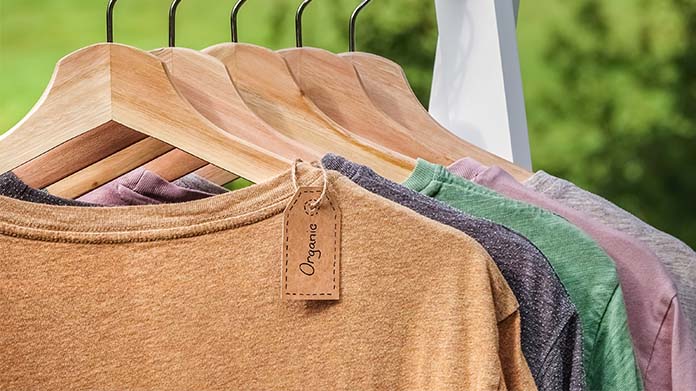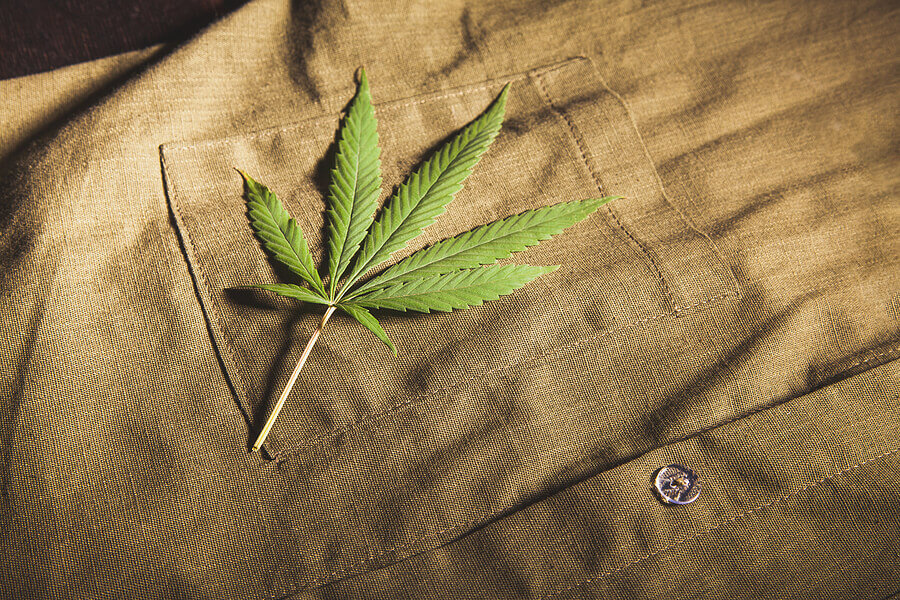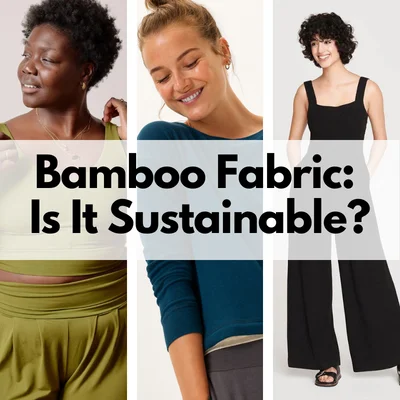New Suggestions To Picking Hemp Clothes
Wiki Article
What Do Hemp Compare With Cotton In Terms Of Water Usage, Pesticides/Herbicides Used?
Hemp is considered to be a sustainable crop if you compare it to cotton with regard to the use of water, pesticides and herbicides due to a variety of reasons.water Usage-
Hemp- Hemp is a plant with a very low requirement for water compared to other crops like cotton. It is a drought-tolerant, low-irrigation plant. Hemp is able to be grown in numerous regions using only rainwater and is therefore an efficient water source.
Cotton- Cotton is notoriously water-intensive. Cotton farming typically requires a lot of irrigation that can reduce local water resources and lead to the water crisis in regions that are stressed by water. Cotton farming's water-intensive nature has raised questions about its sustainability.
Pesticides & Herbicides
Hemp- Hemp is naturally resistant to pests and disease, which means that it is less requirement for synthetic herbicides and pesticides. While some hemp crops may require some pest management strategies, the overall dependence on chemical inputs is much lower compared to many other crops, including cotton. It is possible to grow organic hemp without pesticides.
Cotton- Conventional cotton farming is heavily dependent on pesticides that are synthetic. Herbicides are also employed to manage the spread of weeds. The use of these chemicals can result in negative environmental effects which include water and soil contamination, damage to species that are not targeted as well as the growth of pesticide-resistant insects.
In the end hemp is regarded as a more sustainable crop than cotton when it comes to the use of water, pesticides and herbicides-
Hemp grows well with minimal water and is usually grown by rainwater or minimal irrigation.
The natural resistance of hemp to pests decreases the need to use synthetic pesticides.
Hemp cultivation typically involves fewer synthetic pesticides and herbicides than traditional cotton.
It is important to keep in mind that environmentally sustainable and sustainable practices may differ among producers and in different regions. By reducing the use of synthetic chemicals and also by encouraging soil health organic farming practices also increase the sustainability. When evaluating the environmental impact of textiles and clothing, using organic fibers like cotton or hemp can aid in reducing fashion's ecological footprint. Read the top hemp clothes hints for more tips including hemp clothing wholesale, hemp apparel, nomad hemp wear, hemp apparel, hemp button down shirt, hemp baja hoodie, hoodlamb coat, hemp coat, hemp clothing wholesale, hemp t shirts wholesale and more.

What Gives Hemp Fibers Their Breathable, Moisture Wicking And Thermoregulatory Qualities?
Hemp fibers have breathable moisture-wicking, and thermoregulatory characteristics due to their distinct chemical and structural characteristics. These characteristics are a result of the following elements. Microstructure- Hemp fibres have a porous, hollow structure that allows air to circulate inside the fibers. Hemp fabrics are extremely air-tight due to their natural porosity. When woven or knitted into fabric, the structure allows air to flow through and promotes ventilation while preventing the trapping of moisture and heat onto the skin.
Hemp fibers have a high affinity for water, and are able to absorb moisture. Wearing hemp-based clothing can aid in absorbing sweat and moisture, which can keep you from feeling wet. Hemp fibers can also draw water away from your body by spreading the moisture across large areas that lets it evaporate more quickly. The hemp's moisture-wicking properties make you feel dry and comfortable during physical activity or in hot temperatures.
Hemp fibers can regulate the temperature in a natural way. They can hold body's heat and offer warmth when it's cold. Conversely, they allow excess heat and moisture to be able to escape when temperatures are hot and help keep you cool. The thermoregulatory properties of hemp make hemp clothing suitable for a range of temperatures and activities.
Hemp fibers are naturally antimicrobial, and can inhibit the development of bacteria that cause odors. This contributes to the freshness, and odor resistance in hemp clothing.
Durable and Long-Lasting- Hemp fibers are incredibly strong and long-lasting, which means hemp clothing is able to withstand repeated wear and washing without loosing its ability to breathe or its moisture-wicking properties. The durability of hemp clothing increases its lifespan, which reduces the need for replacement and reducing the environmental impact.
UV Protection from UV Hemp Fibers provide natural UV protection for skin to protect it from harmful UV radiation. This UV-blocking property adds to hemp clothing's versatility, which makes it perfect for outdoor pursuits.
It is vital to understand because these qualities are intrinsic and do not depend on chemical treatments. Hemp clothing is durable, comfortable and sustainable due to its inherent properties. It's an excellent option for activewear, outdoor clothing, and clothing suitable for hot temperatures. The natural characteristics of hemp remain throughout the time that hemp fibers have been processed and woven to textiles. Therefore, they are suitable for environmentally friendly and practical clothes. Follow the most popular see for hemp clothes for more recommendations including hemp tees, hemp mens jeans, hemp active wear, organic hemp fabric, hemp bathing suit, hemp denim, patagonia hemp pants, hemp baja hoodie, hemp clothing near me, patagonia hemp pants and more.

What Are The Benefits Of Bamboo Clothing In Terms Of Environmental And Comfort?
Bamboo clothing can be ecologically friendly and comfortable.
Softness- Bamboo fabric is known for its extraordinary softness. The fabric has a smooth and silky texture that makes it easy to wear. Many people find bamboo clothing to be soft and luxurious making it a preferred choice for intimate clothes as well as loungewear and activewear.
Bamboo fibers breathe easily, and they absorb moisture. Micro-gaps permit air circulation, which helps keep you cool in hot weather. Moisture wicking assists in drawing sweat away from the skin.
Bamboo clothing is a great option for thermoregulation. It can help keep you warm by trapping the body heat. In hot weather, bamboo clothing will keep you cool by allowing the heat and moisture to escape. The ability to adjust clothing to different temperatures allows it be worn all throughout the year.
Hypoallergenic - Bamboo fabric is natural hypoallergenic. It is also gentle for skin that is sensitive. It is less likely cause an allergic reaction or irritation. This is why it is a good option for those suffering from skin sensitivities and allergies.
Bamboo fibers are naturally antimicrobial and can stop the growth of the bacteria that cause smell. This characteristic contributes towards the breathability and comfort of bamboo clothes even during exercising.
Environment-
Sustainability- Bamboo is an extremely sustainable and renewable resource. It is among the fastest-growing species and requires minimal water. There are no herbicides, pesticides or other chemicals are needed for the cultivation of bamboo. Bamboo is harvested without harming it because the root system of bamboo regenerates.
Low Water Usage- Bamboo is inherently water-efficient. Bamboo can be grown with minimal irrigation and is usually planted with rainwater only. This reduces the negative environmental impact of water consumption in the field of agriculture.
Biodegradability - Bamboo clothing breaks down in a natural manner after it is removed from the landfill. This property helps reduce the amount of non-biodegradable clothing garbage that is disposed of in landfills.
Carbon Sequestration Bamboo plants have the capacity to absorb CO2 from the air during the rapid growth. Bamboo cultivation is a carbon sink that could help in mitigating climate change through reducing greenhouse gases.
Chemical Reduction- Bamboo fabric is produced with fewer chemical treatments than other fabrics. This helps reduce the impact on the environment of textile production.
Closed-Loop Production- A few bamboo fabric production processes utilize closed-loop systems, which recycle and reuse water as well as chemicals, while minimizing waste and pollution.
The environmental impact of bamboo clothes can vary according to how they're produced and whether the bamboo is from forests that are sustainably and responsibly managed. To get the most sustainable results for the environment, shoppers should choose bamboo clothing made with sustainable and ethical methods. Take a look at the best get redirected here about bamboo clothes for more advice including bamboo hoodie women's, bamboo clothing for women, bamboo shirts wholesale, bamboo brand jeans, bamboo yoga clothing, bamboo fishing shirts, bamboo activewear, bamboo chafing shorts, ladies bamboo pants, short sleeve bamboo pajamas and more.
